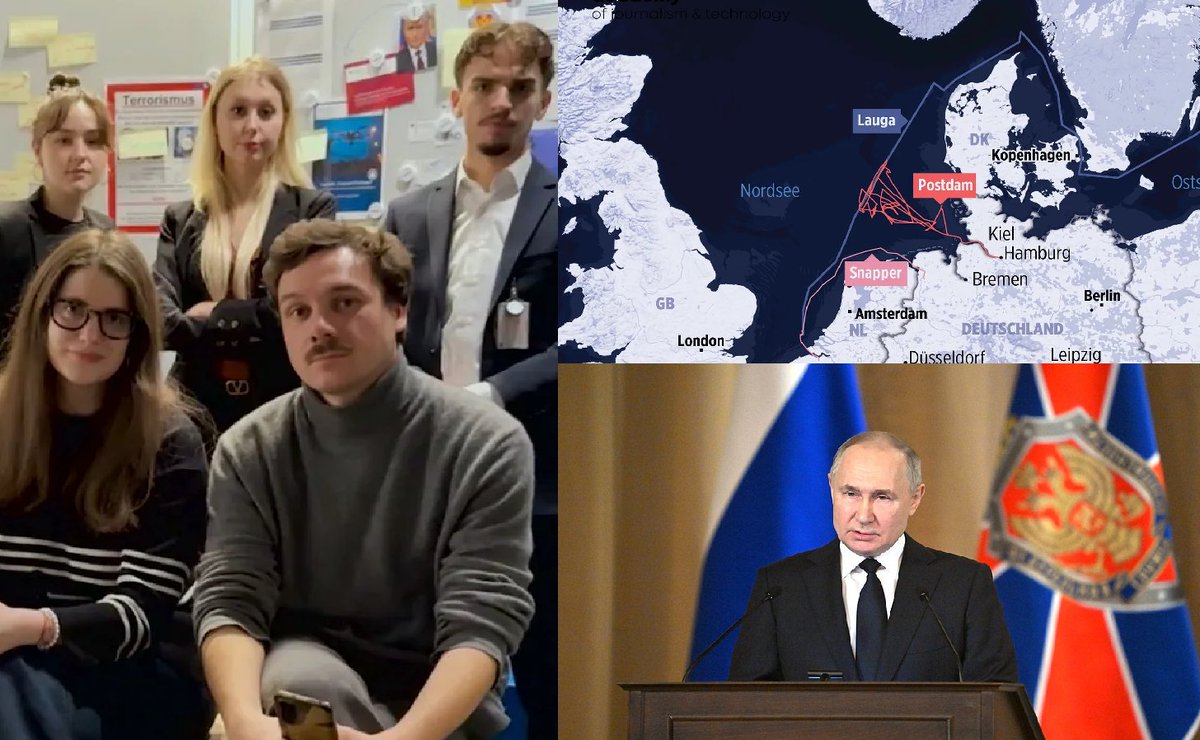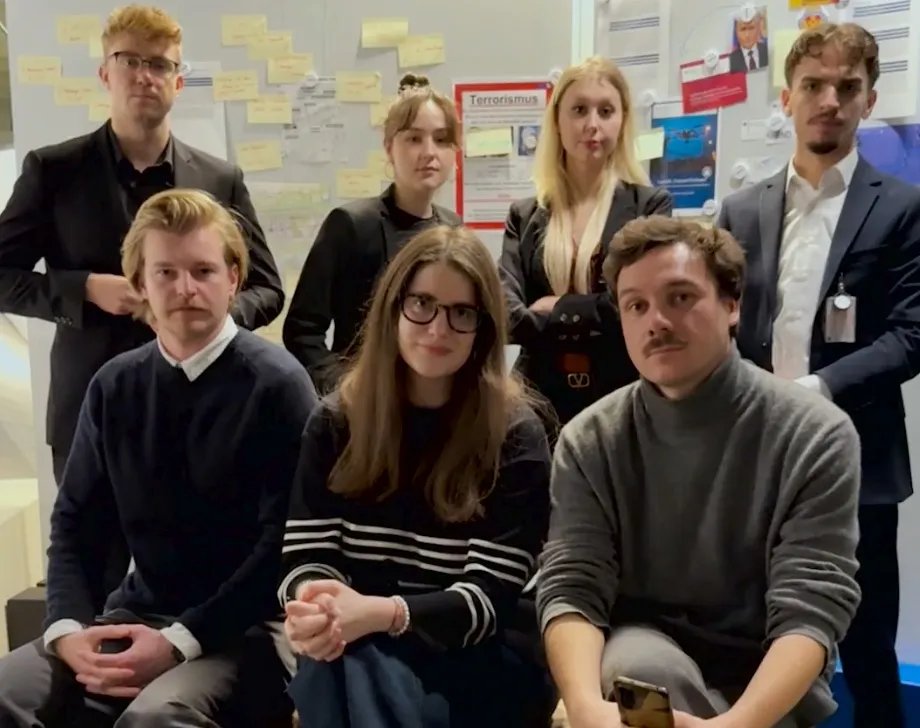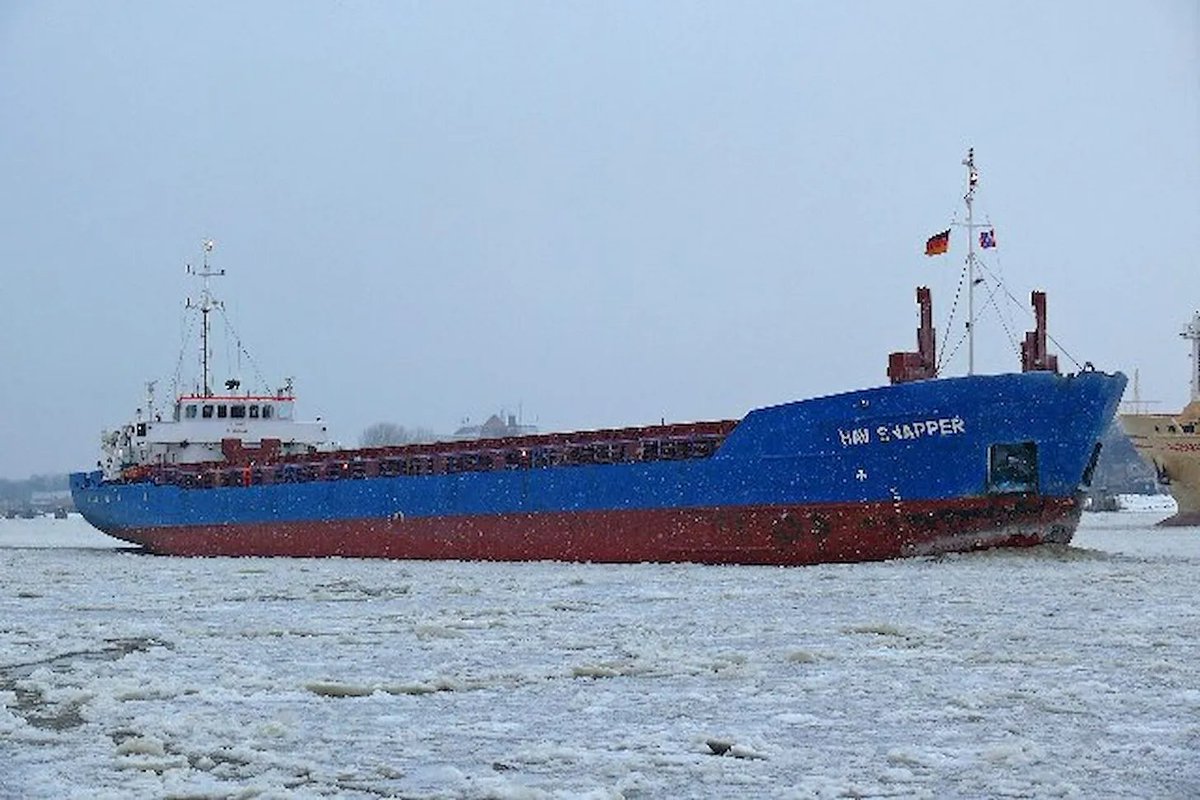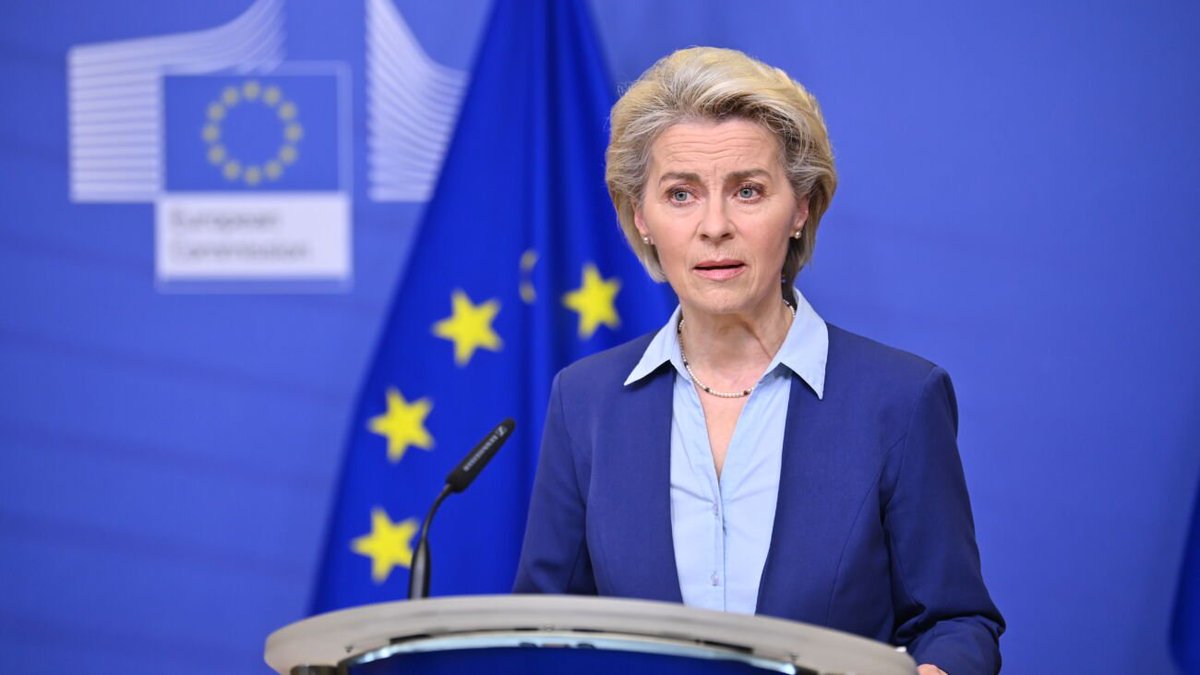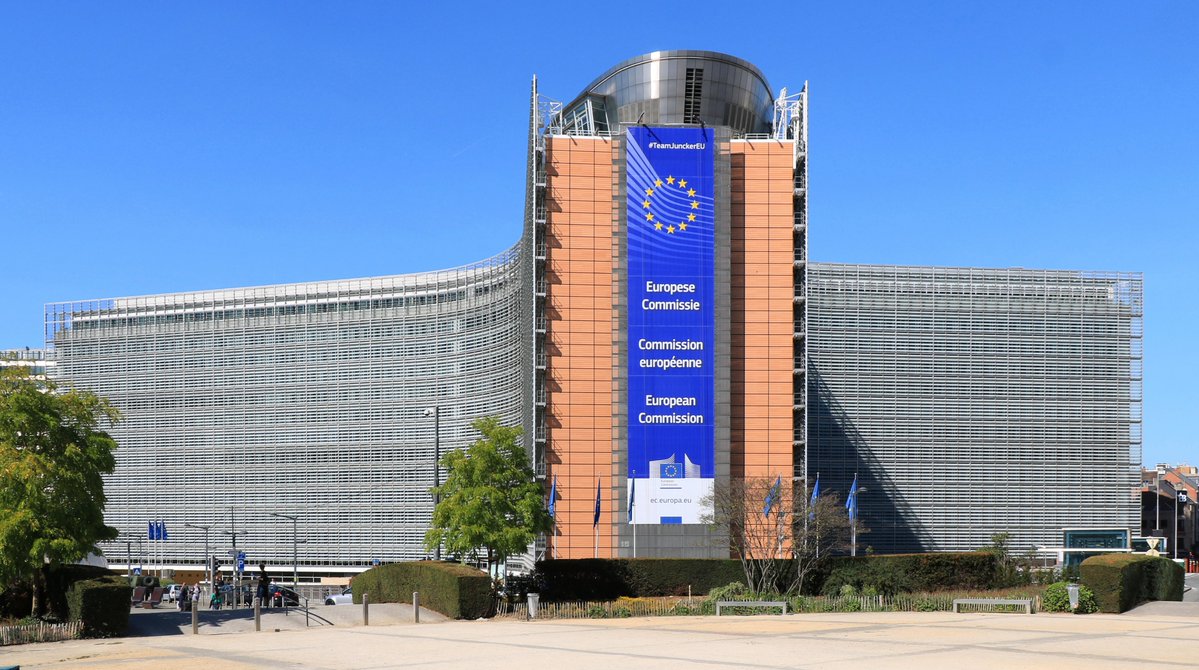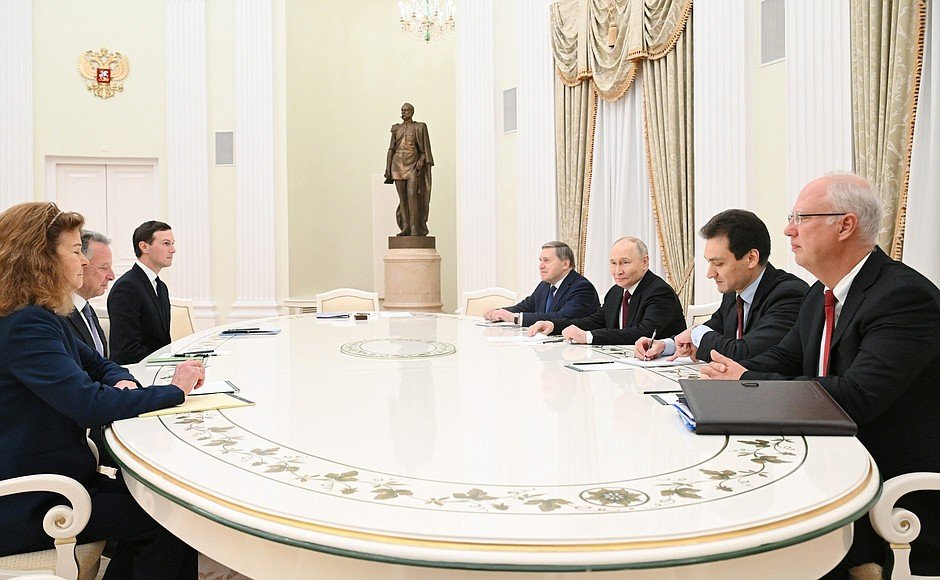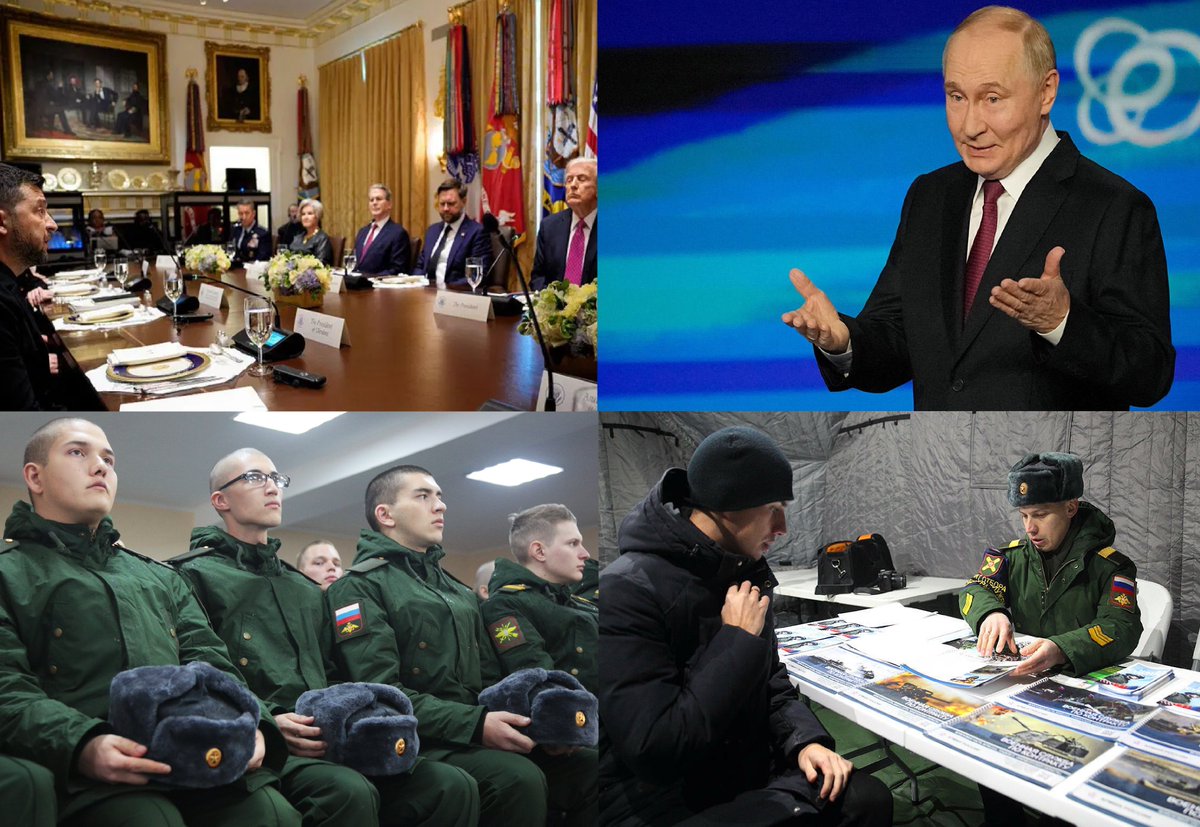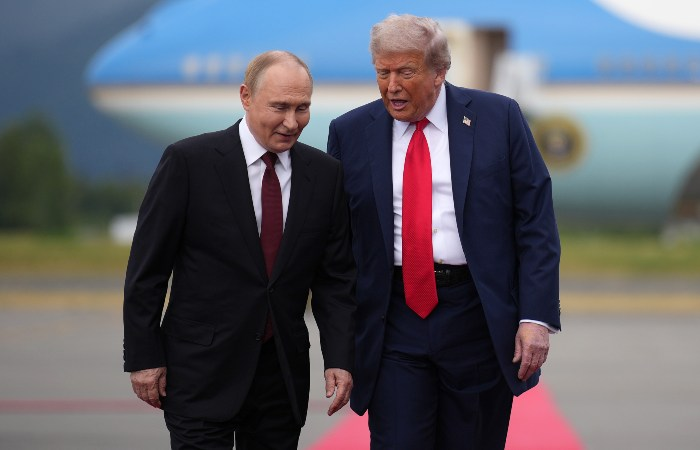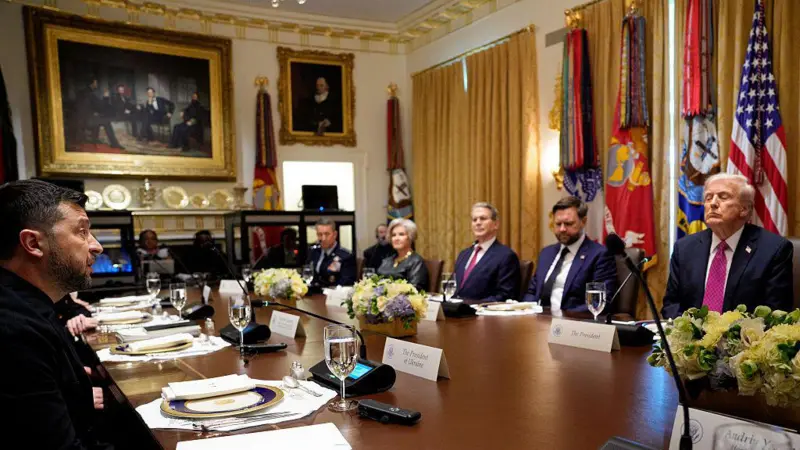The Russian advance in the Pokrovsk direction has slowed. Ukraine was able to send reserves to this area and Russia is suffering huge losses trying to attack. Russia tried to expand the flanks in the direction of Pokrovsk. Heavy fighting is underway in the Selydove area, but
1/6
1/6

Russia is unable to advance. The advance has also slowed in the Toretsk direction. The arriving Azov was even able to push Russian troops back near Niu-York and unblock the encircled Ukrainian units. Azov writes that the Russians are conducting up to 15 assaults a day in
2/6
2/6

this direction, but Ukraine is managing to hold back the defense. Russia reported complete control over Niu-York, but as usual this turned out to be a lie. Fighting for the city continues. The Ukrainian offensive in the Kursk region has also predictably slowed down, but
3/6
3/6

Russian troops in the Glushkov region are having difficulty crossing the Seim River. Ukraine is destroying the pontoon bridges that Russia is trying to build. Ukraine is also managing to advance in the Kharkiv region. However, Russia managed to move a little in the direction
4/6
4/6

of Vuhledar and the situation there is difficult. But it is still beginning to seem that Russia does not have large reserves and is now wearing down its reserves, as if it still had that much available. There have been more cases when Air Force pilots were transferred to
5/6
5/6

the infantry, writes Russian blogger Fighterbomber. Valuable specialists are thrown into meaty assaults. This autumn promises to be decisive in many ways.
6/6
6/6

• • •
Missing some Tweet in this thread? You can try to
force a refresh


